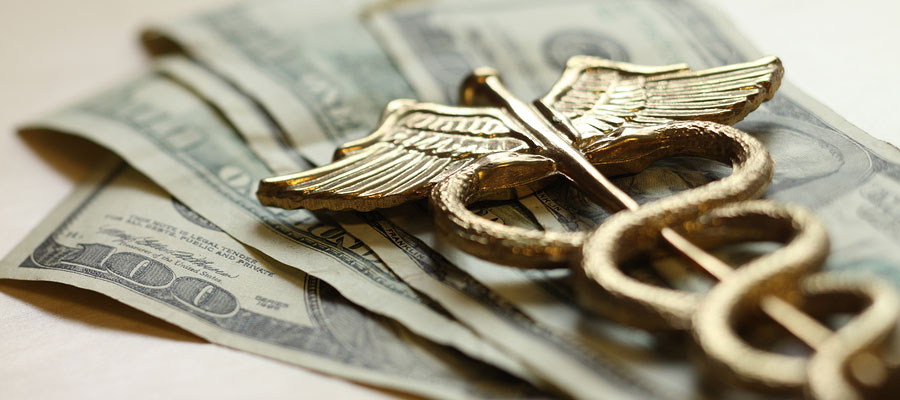
Maximize Your HSA in 2016
02-16-2016Tax InformationWith individual income tax season under way, I am seeing a number of clients with a high-deductible health insurance plan and a Health Savings Account (HSA). Here are some ways to make the most of your money this year.
In 2016, those with individual high-deductible plans can deposit $3,350 into an HSA, while those with a family plan can contribute a maximum of $6,750. In either case, an extra $1,000 catch-up contribution is allowed for those age 55 or older.
- Open and fund your HSA today. High-deductible health plans can require policyholders to pay thousands out of pocket before insurance coverage kicks in. To soften the blow, the federal government allows those with qualified plans to open HSAs and pay their out-of-pocket expenses with tax-free money. However, the tax savings only applies to expenses paid after the HSA was opened. You don’t need to fully fund it immediately -- or ever. Pay into it what you can.
- Your HSA can be an investment tool. Some HSA accounts work as simple savings accounts and offer a minimal interest. Others let you invest money in mutual funds, just as you would in a 401(k) or IRA.
- Don’t spend it all in one year. Some people may mistakenly believe an HSA works like a flexible savings account (FSA) that must be used each year or forfeited. An HSA is not a "use it or lose it" account. Money can be left in it indefinitely, even if you later switch from a high-deductible plan. If the money isn't used by age 65, it can be withdrawn for any reason with no penalty, although regular income taxes will apply. (If it's withdrawn earlier for unqualified medical expenses, the amount is subject to income tax and a 20 percent penalty.) If you pay with non-HSA money but later change your mind, you can reimburse yourself from the HSA at any time. You need to be able to provide your receipts to prove the requested money is for a qualified medical expense.
- Employer wellness programs. Some employers may automatically deposit a certain amount into worker HSAs, but some companies will put money into employee’s HSA in exchange for signing up for a healthy living initiative, getting a physical or something similar.
- Use your plan's free preventive care. High-deductible plans are required to provide certain preventive services free of charge, thanks to the Affordable Care Act. These services include immunizations, well-child checks and specific cancer screenings, among other things.
- File all visits with your insurance. You may be paying out of pocket, but your medical provider should still bill your insurance company. Otherwise, the money you're spending won't be credited toward your deductible. Your insurer has also negotiated rate preferred pricing, so you will be paying a lower rate than a straight cash paying patient.
- Move your HSA money elsewhere. Workers may find their employers automatically create an HSA for them to go along with their high-deductible health insurance plan. However, don't assume you have to keep your money there. Your financial institution may be able to offer an attractive alternative and effortless transfer the HSA funds into your checking account. If you move money, make sure to use a trustee-to-trustee transfers (one HSA provider directly sends the money to another HSA provider). Otherwise, you could be subject to income tax plus a 20 percent penalty.
- Name a beneficiary. We all will die -- 100% of us -- guaranteed. Be sure you have a beneficiary named. Otherwise, a Probate Court will.